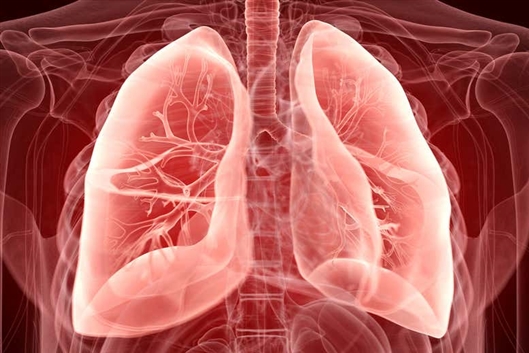
Sometimes the donated lung source cannot be used for transplant surgery due to severe damage. But after the researchers used live pigs to feed these lungs, they recovered. Researchers say this technology will triple the number of lungs available for transplantation. Related papers are published in "Nature-Medicine".
The lungs begin to degenerate after death. If the deceased has chosen to donate his lungs, then the organ must be transplanted to the recipient as soon as possible. "The lungs are very fragile and one of the most difficult to preserve." said James Fildes of the University of Manchester, who was not involved in the study.

According to "New Scientist", most donated lungs can only stay outside the body for a few hours. But even so, most cells will be severely degraded and cannot be safely used for transplantation. According to data from the American Lung Association, only about 28% of donated lung sources in the United States meet the transplant criteria. Current strategies to increase the availability of lung sources include the use of extracorporeal lung perfusion (EVLP), etc., to support pre-transplant lung function. This technique continuously pumps oxygen and nutrients, but Gordana Vunjak-Novakovic of Columbia University in New York said Many people still failed.
Vunjak-Novakovic and colleagues want to know if the human lungs are connected to a living body and other working organs that can transport nutrients and remove harmful substances, whether the supply source will perform better.
In order to find the answer, the research team obtained lungs that did not meet the transplantation criteria from six donors. There were single lungs and double lungs. One of the lungs still failed after using the EVLP device for 5 hours, and had stayed outside the body for 24 hours before the team received it.
The research team connected these lungs to the circulatory system of anesthetized pigs for 24 hours. The researchers used a tube to introduce pig blood into the human lungs. At the same time, a ventilator was used to pump air into the lungs and immunosuppressive agents were given to these pigs to prevent rejection of the immune system.
Vunjak-Novakovic's previous research shows that this process does not seem to have any lasting effects on pigs. She said that in previous experiments, the pigs were able to move around and were connected to a device used to support other pig lungs while playing with toys and eating.
Before receiving "treatment", all lungs have many white areas, indicating that the tissue is dying and unable to inject enough oxygen into the blood. But after 24 hours of connection, these lungs looked changed. The Vunjak-Novakovic team conducted a series of tests and found that the cells, tissue structure and oxygen supply capacity of the lungs have been significantly improved, and even the lungs that have stayed in the body for nearly two days seem to recover. "This is amazing," Fildes said.
"They are not 100% normal, but they are close enough." Vunjak-Novakovic said. In theory, these lungs look healthy enough to be transplanted, but she said that further research is still needed to evaluate the clinical potential of this method, including whether the residual pig cells and factors in the lungs will cause the transplanted body Immune response, or cause disease to spread.
Based on this, Vunjak-Novakovic plans to use medical grade pigs that will not hide harmful pathogens that may be transmitted to humans. However, this does not necessarily mean that the lungs will be completely free of pig cells. Fildes warned that the current study found that the lungs contain white blood cells from pigs, which may trigger the recipient's immune response.